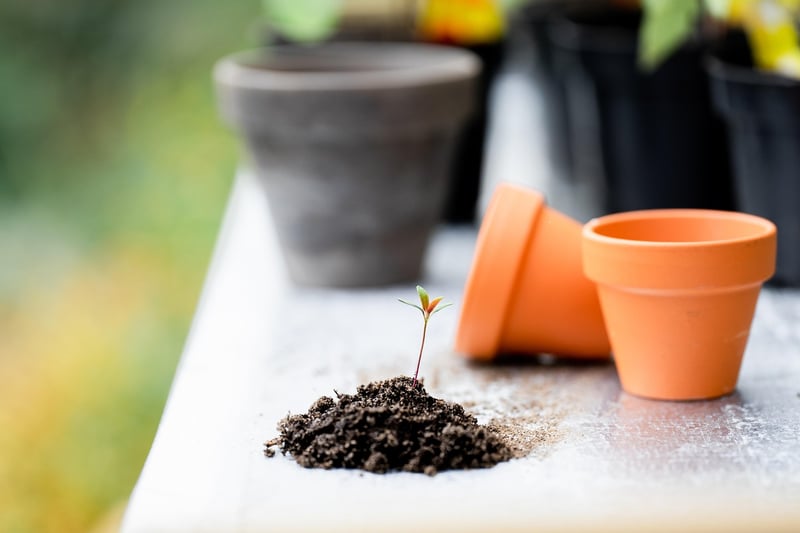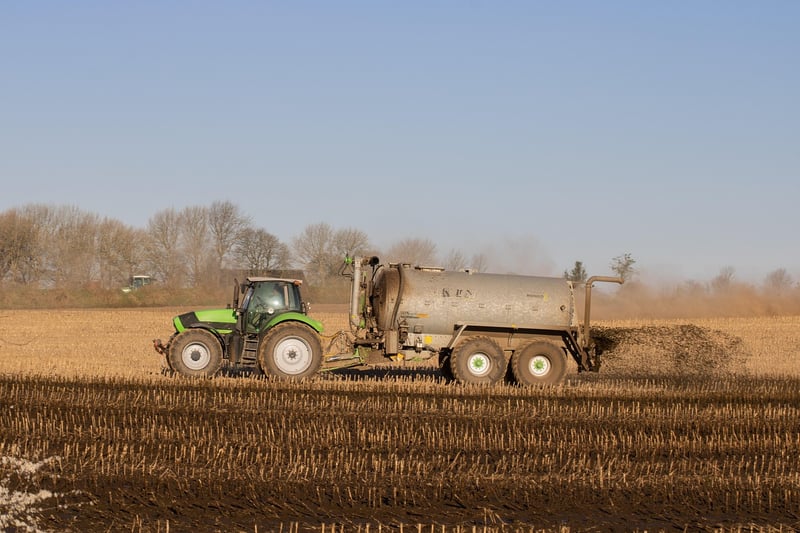Fertilizing Guide
Essential Plant Care and Fertilizing Guide
Introduction
Plants are not just decorative elements; they play a crucial role in purifying the air we breathe and creating a harmonious environment. Proper plant care is essential to ensure they thrive and beautify our spaces. In this guide, we will cover essential plant care tips and provide a comprehensive fertilizing guide to help your plants flourish.
Plant Care Tips
1. Watering
Watering is a critical aspect of plant care. Different plants have varying water requirements, so it's essential to understand the specific needs of each plant. Overwatering can lead to root rot, while underwatering can cause wilting. Check the soil moisture regularly and water accordingly.
2. Light
Plants need light to photosynthesize and grow. Place your plants in locations where they can receive adequate sunlight based on their specific light requirements. Insufficient light can result in stunted growth and poor health.
3. Pruning
Regular pruning helps promote healthy growth, remove dead or diseased parts, and shape the plant. Use clean and sharp pruning tools to avoid damaging the plant. Prune according to the plant's growth habits and requirements.
4. Cleaning
Dust can accumulate on plant leaves, blocking sunlight absorption and reducing photosynthesis. Wipe the leaves gently with a damp cloth to keep them clean and allow the plant to breathe properly.
Fertilizing Guide
While soil provides essential nutrients, fertilizing is necessary to replenish nutrients and promote vigorous growth. Here is a simple fertilizing guide:
1. Choose the Right Fertilizer
There are various types of fertilizers available, including liquid, granular, and slow-release fertilizers. Select a fertilizer based on your plant's needs and growth stage.
2. Follow Instructions
Read the instructions on the fertilizer package carefully and follow the recommended dosage. Over-fertilizing can harm plants, so it's crucial to apply the right amount at the right time.
3. Application
Apply the fertilizer evenly around the plant, avoiding direct contact with the stems or leaves. Water the plant after fertilizing to help the nutrients penetrate the soil.
4. Frequency
Fertilize your plants at the recommended frequency based on the plant type and season. Generally, plants require more frequent fertilization during their active growth phase.
Conclusion
By following these essential plant care tips and fertilizing guidelines, you can ensure your plants remain healthy, vibrant, and lush. Remember that each plant is unique, so understanding its specific requirements is key to successful plant care. Happy gardening!

